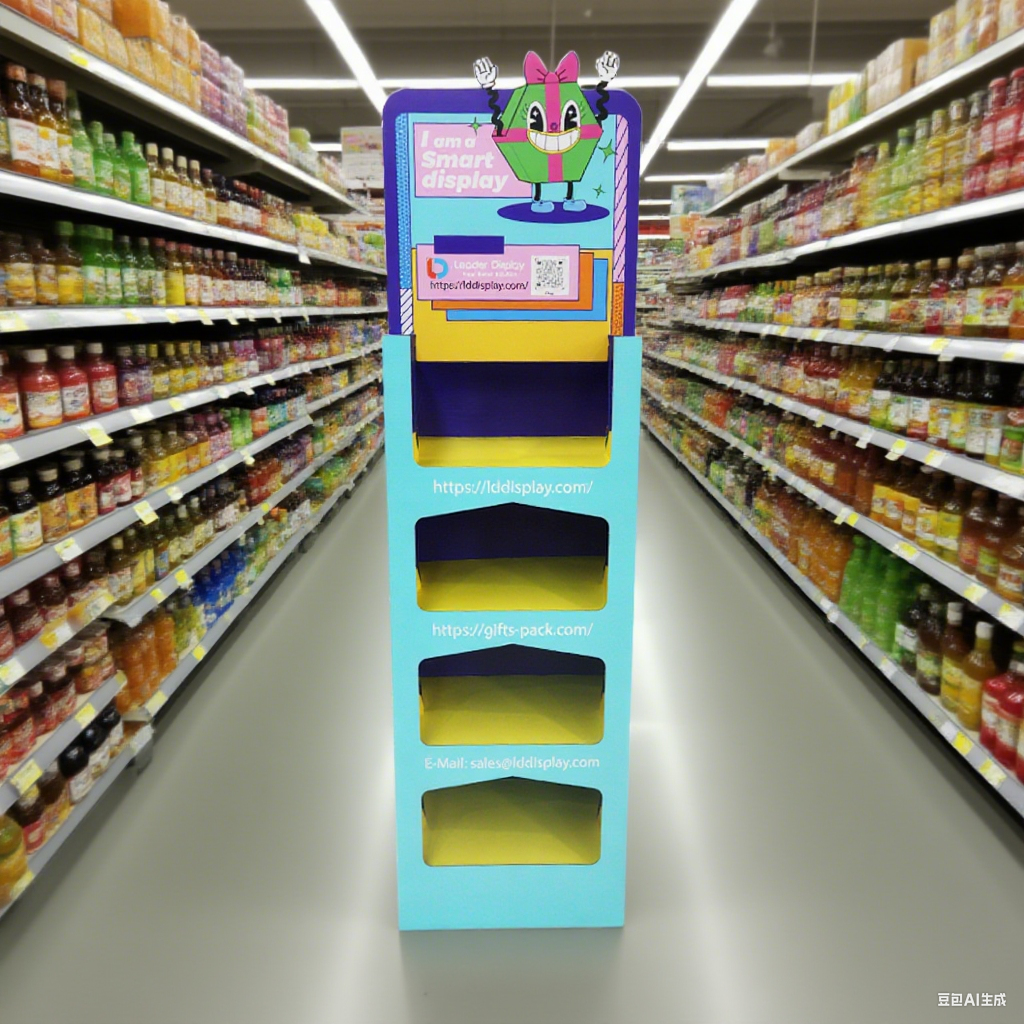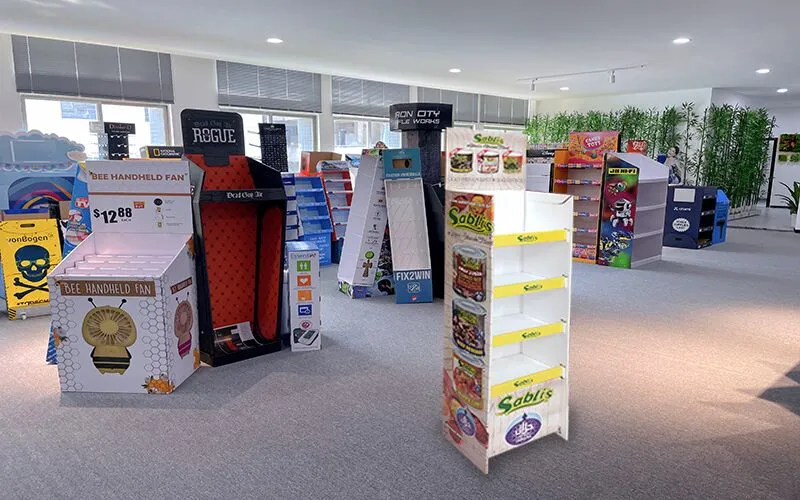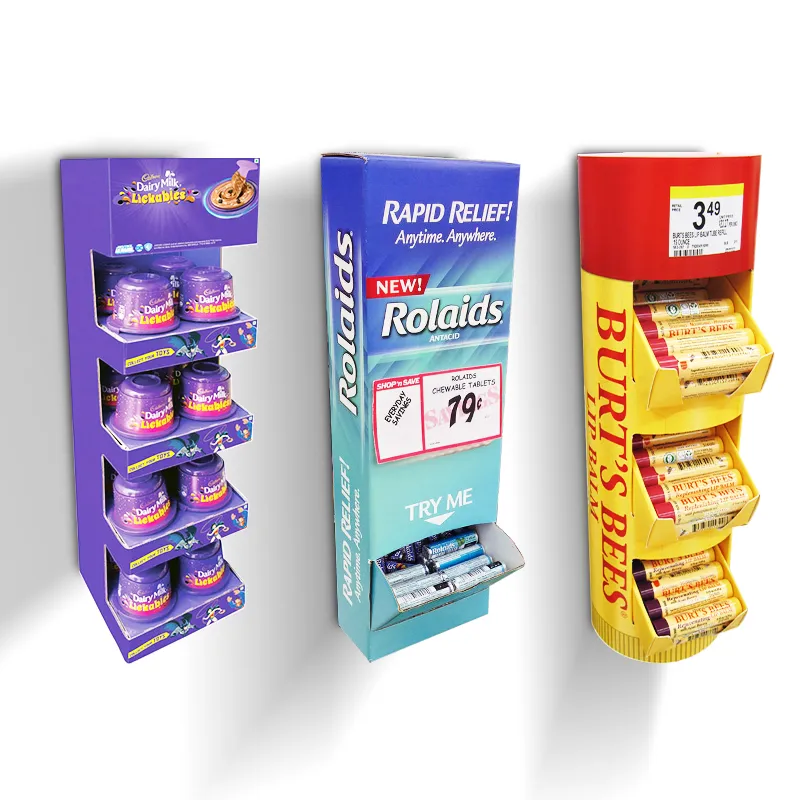Restocking shelves is slow, expensive, and messy. This wastes labor hours and makes your product look disorganized. Shelf-Ready Packaging offers a smarter, more efficient way to display your items.
Shelf-Ready Packaging (SRP) combines shipping and display functions into one unit. Its main benefits include cutting labor costs, boosting in-store efficiency, enhancing brand visibility on shelves, and improving the overall customer shopping experience. It is a cost-effective and often sustainable solution for retail products.
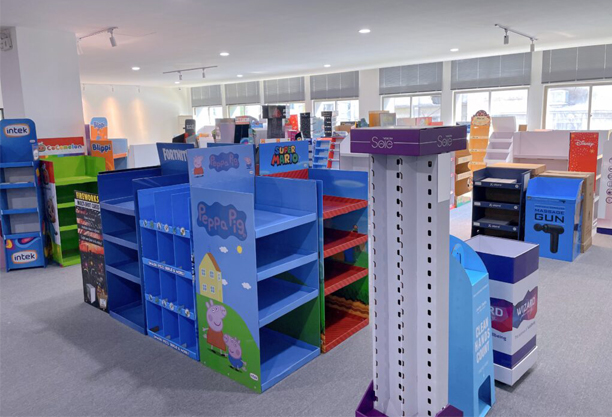
You have probably seen this type of packaging in supermarkets without giving it a second thought. It looks simple, but the impact it has on a product's success is huge. The benefits go far beyond just being a convenient box. Let's break down exactly how SRP can help your brand and the retailers who sell your products.
How Does SRP Improve In-Store Efficiency and Reduce Labor Costs?
Retail staff spend hours unboxing products and stocking shelves one by one. This wasted time adds up, driving up labor costs and leading to frustratingly empty shelves for customers.
SRP dramatically cuts restocking time. Employees place the entire case on the shelf instead of individual items. This reduces paid labor hours, minimizes stockouts, and lowers the risk of product damage from excessive handling. The result is a significant operational cost saving for any retailer.
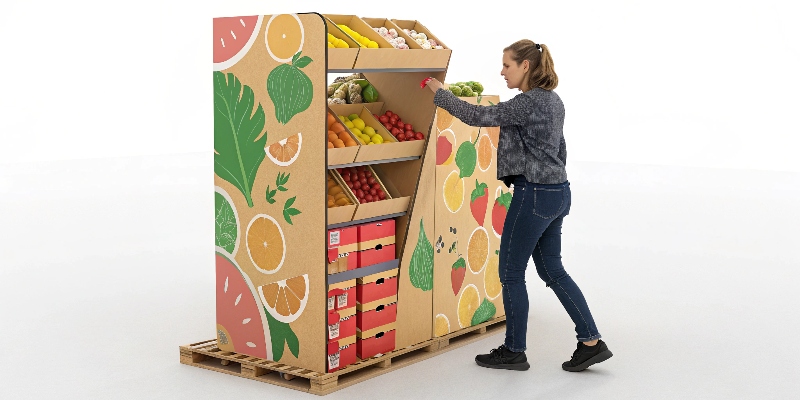
In my 16 years in this industry, the biggest "aha" moment for my clients is when they see the labor savings. I worked with a snack company that was struggling with restocking. Their products flew off the shelves, but the shelves were often empty because staff couldn't keep up. We designed an SRP solution for them. The store manager later told me that restocking their products went from a 10-minute task to a 30-second one. It’s a simple change with a massive impact.
The Time-Saving Mechanism
The design of SRP is all about speed. It has features like easy-to-tear perforations and clear instructions. This means a store employee can get the product ready for the shelf without needing box cutters or extra tools.
Impact on Store Operations
Faster restocking keeps shelves full, which directly increases sales opportunities. It also means less clutter in the aisles from empty shipping boxes, making the store safer and cleaner for shoppers.
| Feature | Traditional Stocking | Shelf-Ready Packaging Stocking |
|---|---|---|
| Time per case | 5-10 minutes | Under 1 minute |
| Tools Needed | Box cutter | None |
| Product Damage | Higher risk from handling | Lower risk |
| Shelf Appearance | Often inconsistent | Neat and organized |
Can SRP Enhance Brand Visibility and the Shopping Experience?
Your product is sitting on a crowded shelf next to dozens of competitors. Plain, unbranded packaging or a messy display makes it nearly invisible, forcing you to rely only on your primary label.
A well-designed SRP acts as a mini-billboard right on the shelf. High-quality printing and clever structural design make your products stand out. This billboard effect grabs customer attention, communicates your brand’s message, and creates a clean, organized look that improves the shopping experience.
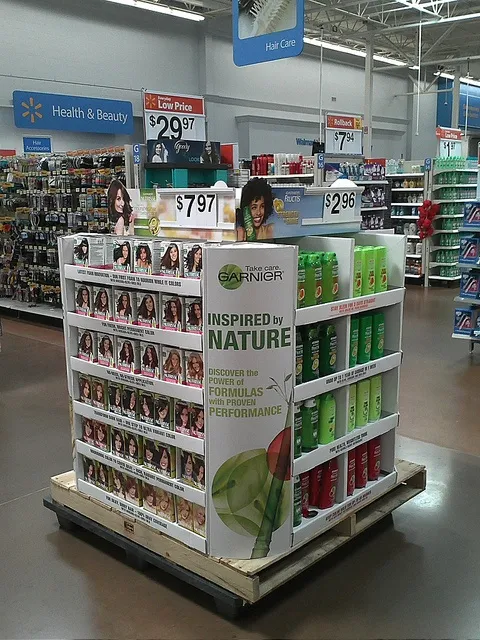
I remember a client who sold organic jams. Their product was fantastic, but it got lost on the shelf. We developed an SRP that looked like a rustic wooden crate, printed directly on the cardboard. It told a story of quality and authenticity. The result? Sales increased by over 20% in the first quarter. The SRP didn't just hold the product; it helped sell it by making it easy to see and appealing to grab. It created a "brand block" on the shelf that was impossible to ignore.
Using SRP as a Marketing Tool
Think of SRP as part of your marketing budget. The surfaces of the box are prime real estate. You can print your logo, brand colors, taglines, or even QR codes that link to recipes or promotions.
Improving the Shopper's Journey
When shoppers can easily find what they are looking for, they have a better experience. SRP keeps products front-facing and organized. This reduces frustration for the customer and makes the shelf look neat and well-managed, which reflects positively on both your brand and the retailer.
| Design Element | Impact on Branding | Impact on Shoppers |
|---|---|---|
| High-Quality Graphics | Reinforces brand identity | Makes product easy to spot |
| Consistent Colors | Creates a strong "brand block" | Helps with quick recognition |
| Clear Product Info | Communicates key benefits | Allows for easy comparison |
| Structural Design | Shows brand creativity | Ensures easy access to product |
What Are the Sustainability Advantages of Using SRP?
Many people assume that packaging is just waste. They think that adding a display layer on top of a shipping box is bad for the environment, which could hurt your brand’s image.
SRP is often more sustainable because it combines the shipping carton and the on-shelf display into a single unit. This "one-touch" design reduces the total amount of packaging material needed. Most SRP is made from corrugated cardboard, which is highly recyclable and often contains recycled content.
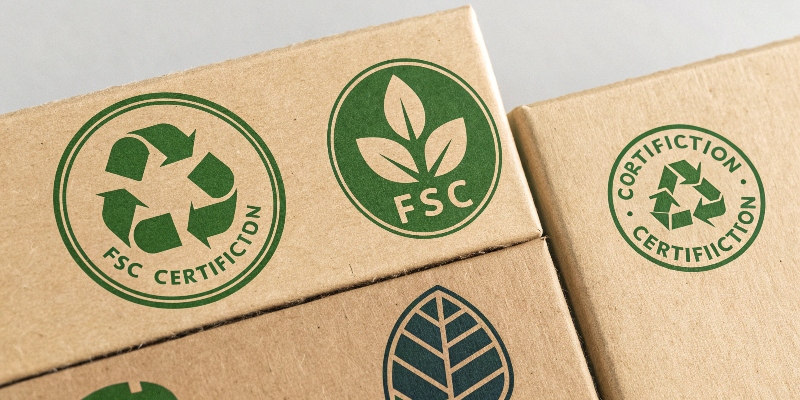
I get asked about sustainability all the time. Designers like Peter are always looking for eco-friendly options. The beauty of SRP is its efficiency. Instead of a thick, heavy shipping box that gets thrown away and a separate plastic tray for the shelf, you have one piece of cardboard that does both jobs. We work with materials that are certified by the Forest Stewardship Council (FSC). This means the paper comes from responsibly managed forests. By choosing SRP, brands show their customers that they care about practicality and the planet.
Reducing Material Waste
The core principle of SRP is efficiency, and that applies to materials too. By designing one package to serve two purposes—transport and display—we eliminate redundant materials.
Promoting a Circular Economy
Corrugated cardboard is one of the most recycled materials in the world. When an SRP unit is empty, it can be flattened and placed in the retailer’s recycling stream. This material then gets turned back into new boxes and other paper products.
| Sustainability Factor | Traditional Packaging | Shelf-Ready Packaging |
|---|---|---|
| Material Usage | Separate shipping & display units | Combined single unit |
| Primary Material | Mixed (cardboard, plastic, shrink wrap) | Mostly corrugated cardboard |
| Recyclability | Can be complex to separate | Simple and highly recyclable |
| Carbon Footprint | Higher due to more material/weight | Lower due to optimized material use |
Conclusion
Shelf-Ready Packaging is a powerful tool. It cuts costs for retailers, makes your brand stand out, and offers a smart, sustainable option that modern consumers and designers appreciate.

